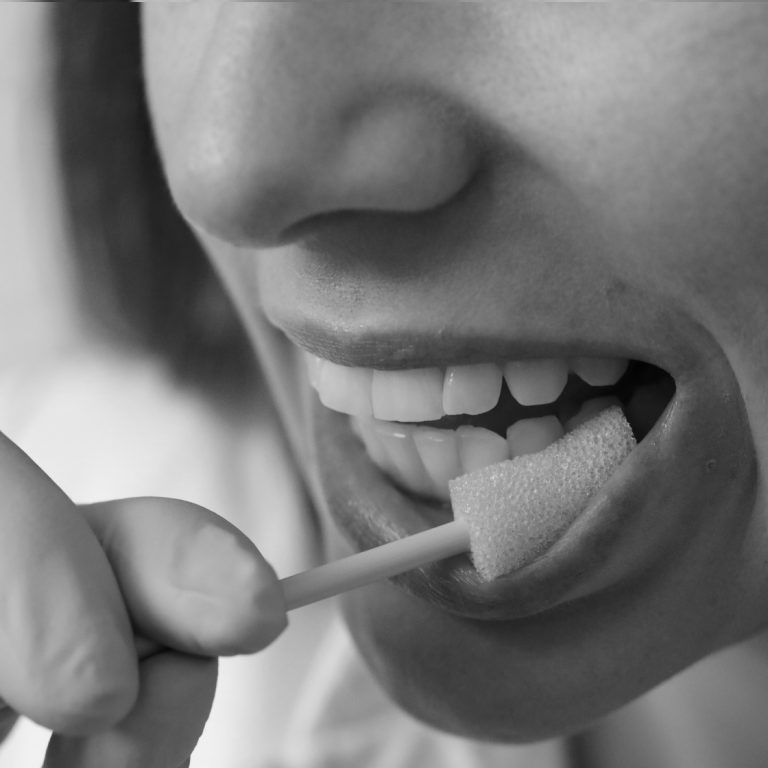

#Excessive saliva production trial#
Several clinical trials are also investigating whether oral rinses could help prevent or treat COVID-19 infection UCSF researchers plan to conduct one such trial, according to, and Villa is working with another team to organize an additional trial of several rinses, he told Live Science. Oral SARS-CoV-2 infection may also contribute to other symptoms, such as dry mouth and blistering in mucosal tissues, the study authors wrote.Ī better understanding of how the coronavirus infects mouth cells, at the molecular level, could help improve treatments for patients with these symptoms, Byrd said. "If the saliva production is somehow compromised, one could speculate that one could develop taste changes or loss of taste," because saliva carries molecules to taste receptors on the tongue, Villa said. In addition, we don't yet know how the function of salivary glands changes after getting infected with the coronavirus. 11 (sometimes) deadly diseases that hopped across species This would need to be confirmed in more COVID-19 patients. "We hypothesize this is the primary source of virus in saliva," Byrd told Live Science. The team confirmed this by checking the levels of coronavirus RNA in the cells using PCR, a kind of test often used to detect and diagnose COVID-19, as well as a technique called in situ hybridization that also detects genetic material. "However, we found these underappreciated but widely distributed salivary glands" - the so-called minor salivary glands - "can make their own virus after infection," he said. It's possible that some virus originates from elsewhere, such as the nose or the lungs, Byrd said. Related: Going viral: 6 new findings about virusesįor one, the study cannot show how much of the virus found in saliva actually comes from infected mouth cells. While the study makes a convincing case that SARS-CoV-2 infects cells in the mouth, some questions remain unanswered. The atlas helped them pinpoint the cells at highest risk for SARS-CoV-2 infection, and then the team checked their work against saliva samples and autopsied tissue from patients. "This new atlas provided us a way to analyze 50 oral cell types … at once for the common 'front doors' the virus uses to enter cells for infection," Byrd said. National Institutes of Health, worked with an organization called the Human Cell Atlas to organize and refine the data. Blake Warner, an assistant clinical investigator in the Salivary Disorders Unit at the National Institute of Dental and Craniofacial Research, a branch of the U.S. Specifically, they created an atlas of different cells in the mouth, which essentially serves as a map of which cells contain what RNA, and where. Thankfully, the study authors helped craft a tool that could make future studies of oral infection easier. "The numbers are small, for sure, so it will be interesting to see what happens if you look at more patients and more tissues," he said. That said, the study only looked at a few dozen people, Villa said. "That's what's interesting to me as a clinician." Alessandro Villa, an assistant professor and chief of the Sol Silverman Oral Medicine Clinic at the University of California, San Francisco, who was not involved in the study. "Seeing the presence of the virus within the salivary glands, I think that's the novelty," said Dr. In addition, the team examined mouth tissue from COVID-19 patients who had died, and they found more evidence of infection in the vulnerable cell types they had flagged.


The more virus they found, the more likely a given patient had smell and taste loss as one of their symptoms, although saliva from several asymptomatic people also contained infected cells. The researchers went on to sample saliva from COVID-19 patients and found that, since mouth cells slough off into our spit, they could detect infected cells floating in the samples.

Namely, these include the ACE2 receptor, which the virus plugs into, and an enzyme called TMPRSS, which allows the virus to fuse its membrane with that of the host cell and slip inside. They found that, compared with other oral tissues, cells of the salivary glands, tongue and tonsils carry the most RNA linked to proteins that the coronavirus needs to infect cells. So the team examined RNA - a kind of genetic material that tells the cells' protein-making factories what to build - for different cell types in the mouth. 27 to the preprint database medRxiv, researchers predicted which mouth tissues might be most vulnerable to SARS-CoV-2, the virus that causes COVID-19.


 0 kommentar(er)
0 kommentar(er)
